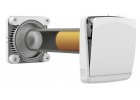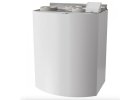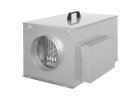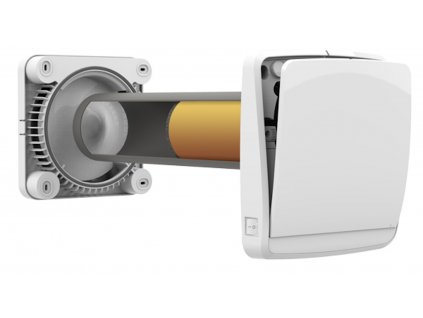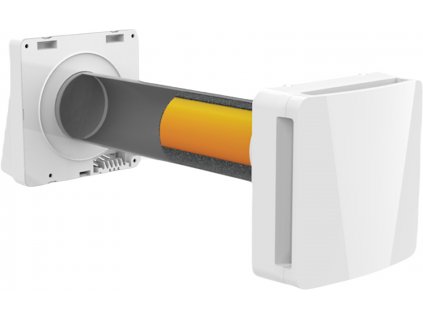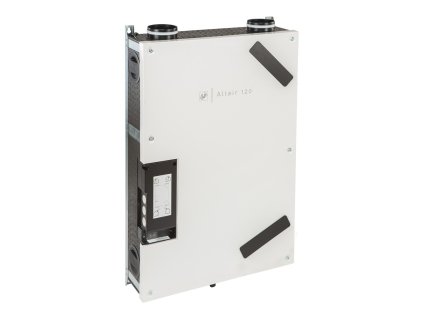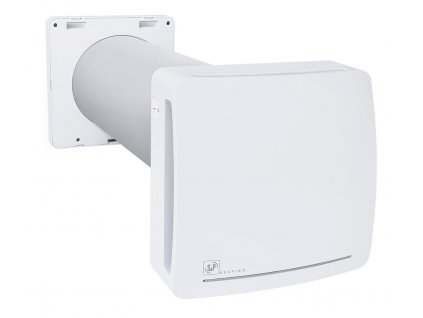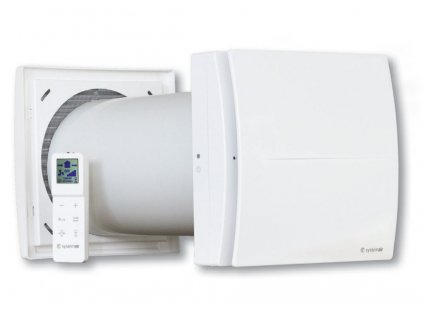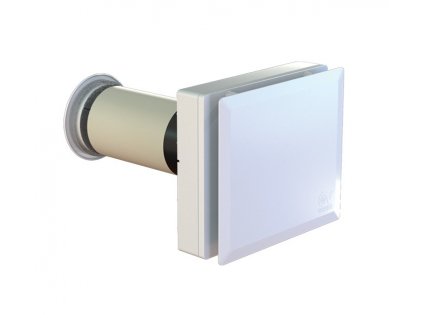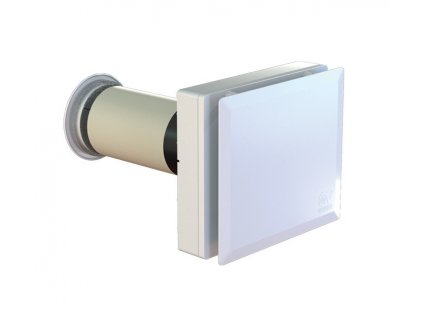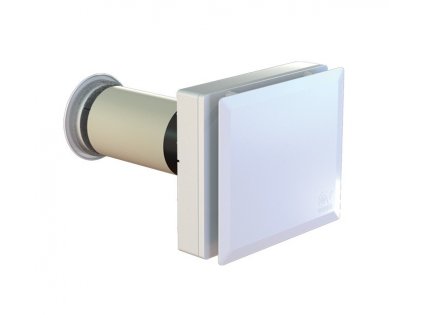Heat Recovery Units
Recuperation units are the ideal solution for controlled ventilation in passive and low-energy houses. Recuperation units fully replace natural ventilation through windows and save energy costs in flats and houses. Recuperation units can be divided into local (for individual rooms) and central (providing recuperation throughout the entire building). Recuperation is the recovery of heat from exhaust air and the subsequent transfer of this heat to fresh cool air brought in from outside.
Recuperation units can also be used in air-conditioned buildings. In the summer months, the opposite process occurs. The fresh warm air supplied is cooled by the exhaust air, which is cooled by the air conditioning system.
How does recuperation work in practice?
The recuperation unit draws in outside air, which it feeds into the recuperation exchanger. On the other side of the room, it draws in exhaust air. In the recuperation exchanger, fresh air is heated to the temperature of the exhaust air and released into the room. Built-in filters remove most dust and other impurities from the fresh air. This ensures ventilation – the supply of fresh air to the room with minimal energy loss. The fresh supply air never mixes with the exhaust air. They only exchange heat through a special heat recovery exchanger. Heat recovery can be used in all types of buildings where hygienic ventilation is required. In flats, family homes and industrial buildings. Central heat recovery units use a similar principle of air heating, with the difference that the exhaust air from all rooms is discharged through a single air duct in the technical room where the unit is installed.
Main advantages of heat recovery units:
Product sorting
List of products

průtok25 průměr160 hlučnost29 Aerauliqa Quantum HR...
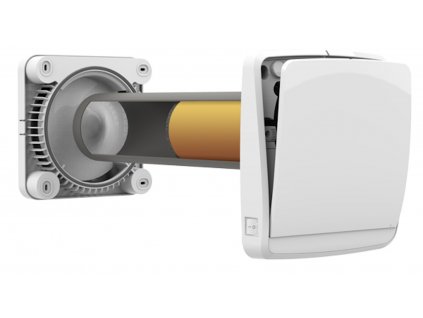
průtok30 průměr100 hlučnost37 The decentralized local...

průtok30 průměr100 hlučnost37 The decentralized local...

průtok140 průměr100 hlučnost38 The Xvent Xflat 150 HR...

průtok140 průměr100 hlučnost38 The Xvent Xflat 150 HR...
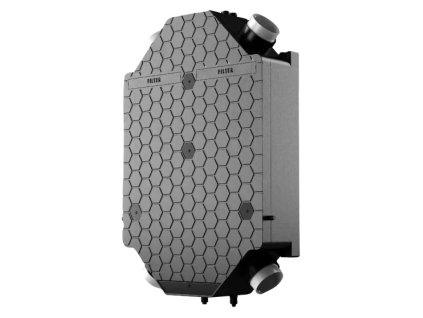
průtok155 průměr100 hlučnost39 The Xvent Xflat 150 HR...

průtok155 průměr100 hlučnost39 The Xvent Xflat 150 HR...

